12 brick extension ideas to help inspire your home expansion plans
Reassuringly solid, but with just as much potential to be stylish, brick extension ideas are far from boring. We've rounded up a selection of brick extension ideas to suit all manner of homes and budgets
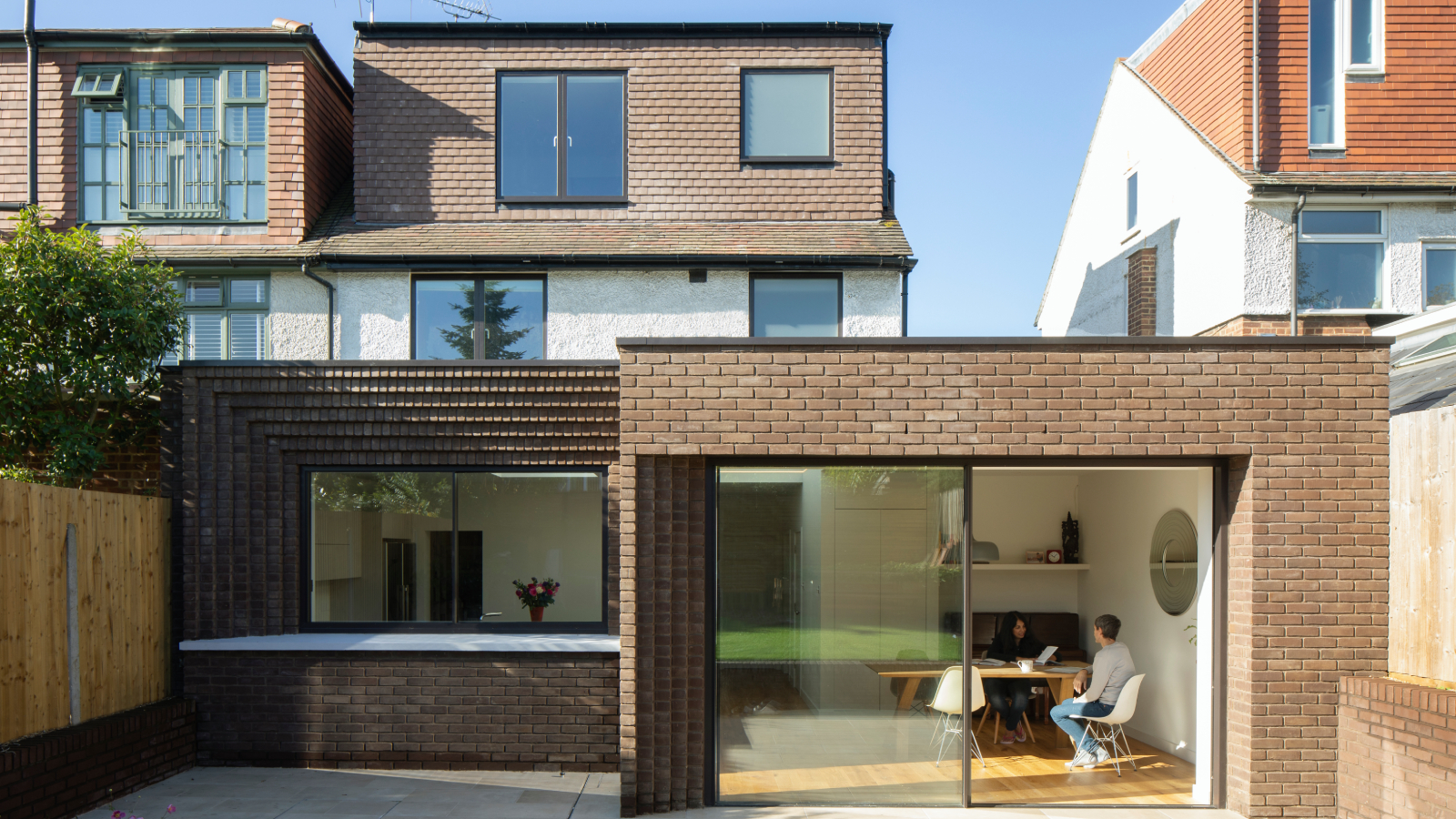
If you're considering building an extension, one of the key decisions to make is your choice of materials for the final extension finish. While the material you select will come down to a number of different variables, ranging from cost through to aesthetic preferences, brick may well be a standard material, but is far from boring when it comes to its use in brick extension ideas.
While brick naturally works well in traditional settings, the wide variety of colours, types (stock), laying techniques and finishes there are to choose from, means bricks can also be used to create a modern addition to may different types of homes.
We've rounded up 12 stunning brick extension ideas and spoken to some of the architects who created them, to help inspire you and understand how to use bricks in your plans.
Using brick: the pros, cons and how to choose
The pros and cons
"There are lots of advantages to using brick in your house extension ideas," says Simon Graham, co-founder and director at Yard Architects. "Brick is generally very easy to get hold of and is available in an infinite variety of shapes and colours. It offers great design freedom and you can be very creative with different laying patterns, details and bonds.
"It’s a very low maintenance material too," adds Simon, "and chosen well doesn’t tend to date as a design choice."
"With conversations on sustainability rightfully increasing in the industry, it’s also worth noting that brick is made from naturally available resources, clay and shale," says Pereen d'Avoine, founder of Russian For Fish, "and once the structure has been built is highly energy efficient. Brick offers nearly double the heat retaining capacity of wood for example."
When it comes to the cons, if you are keeping a close eye on how much does an extension cost, "it can be an expensive material to purchase, especially reclaimed bricks," says Pereen. And, if you're keen to know how long does an extension take, be warned that "it can also add time to the build process," she adds, "as it requires specific, labour-intensive skills.”
How to choose the right type of brick
There are an infinite number of options of brick to choose from when it comes to finalising the details for your brick extension ideas, so how do you pick the right type of brick?
"It very much depends on the brief for the project," says Simon Graham. "It might be that you want to build something new but for it to blend with the existing property, in which case reclaimed bricks, or new bricks chosen to closely match the existing would be the best style.
"Alternatively, you might want to do something contemporary, in which instance it is worth thinking about it will tie into the existing property. You could for example use a similar colour to an existing house but use a long and thin brick, which looks more modern," he suggests.
“We always hope that our brick choice will complement the building," says Pereen d'Avoine, "but that doesn’t necessarily mean totally matching. Sometimes a departure in tone or texture can really allow the extension to have its own identity and encourage the history of the building to be read.
"Brick colours vary massively from quite bright orangey-reds to soft sandy hues so if you do choose an option that emulates the look of the original facade, make sure you get lots of samples and view them against the original brickwork at various times of the day and in various weather conditions. It is also worth taking into account the weathering and ageing process," she notes, "as this will often mute the colours over time.”
Keen for more inspiration? Check out these brick extension ideas.

Simon founded Yard Architects with Jon Duffett in 2014, having gained extensive experience leading award winning residential developments at previous practices across London. Simon has led the teams on the company's award winning projects, and has completed many domestic projects at all scales, using different building techniques and materials.
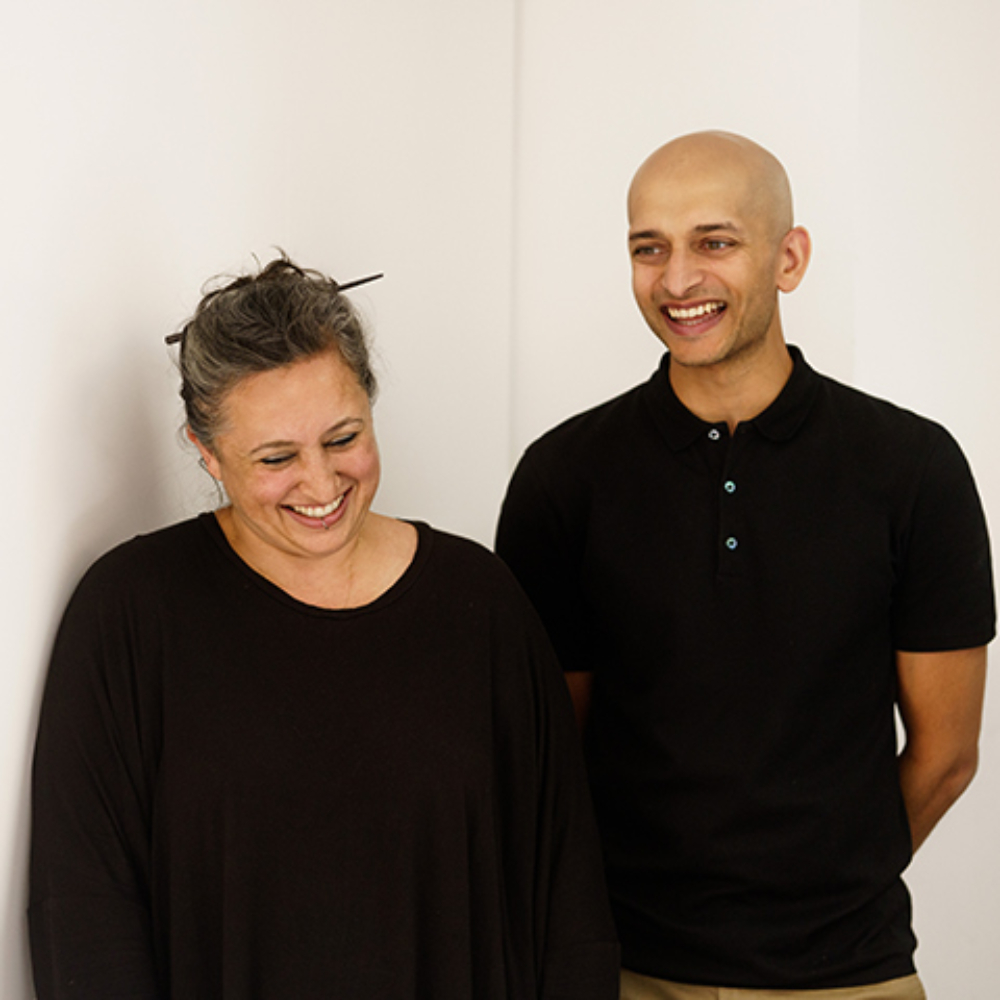
Pereen has always been immersed in architecture and is the third generation within her family to practice. Pereen worked with several practices in London and Mumbai before founding Russian For Fish in 2006. The practice offers a full range of architectural and interior design services. Alongside this, education has always played an important role for Pereen, and she continues to teach, spending two days a week lecturing.
Brick extension ideas
1. Add an element of surprise with a glazed rear brick extension
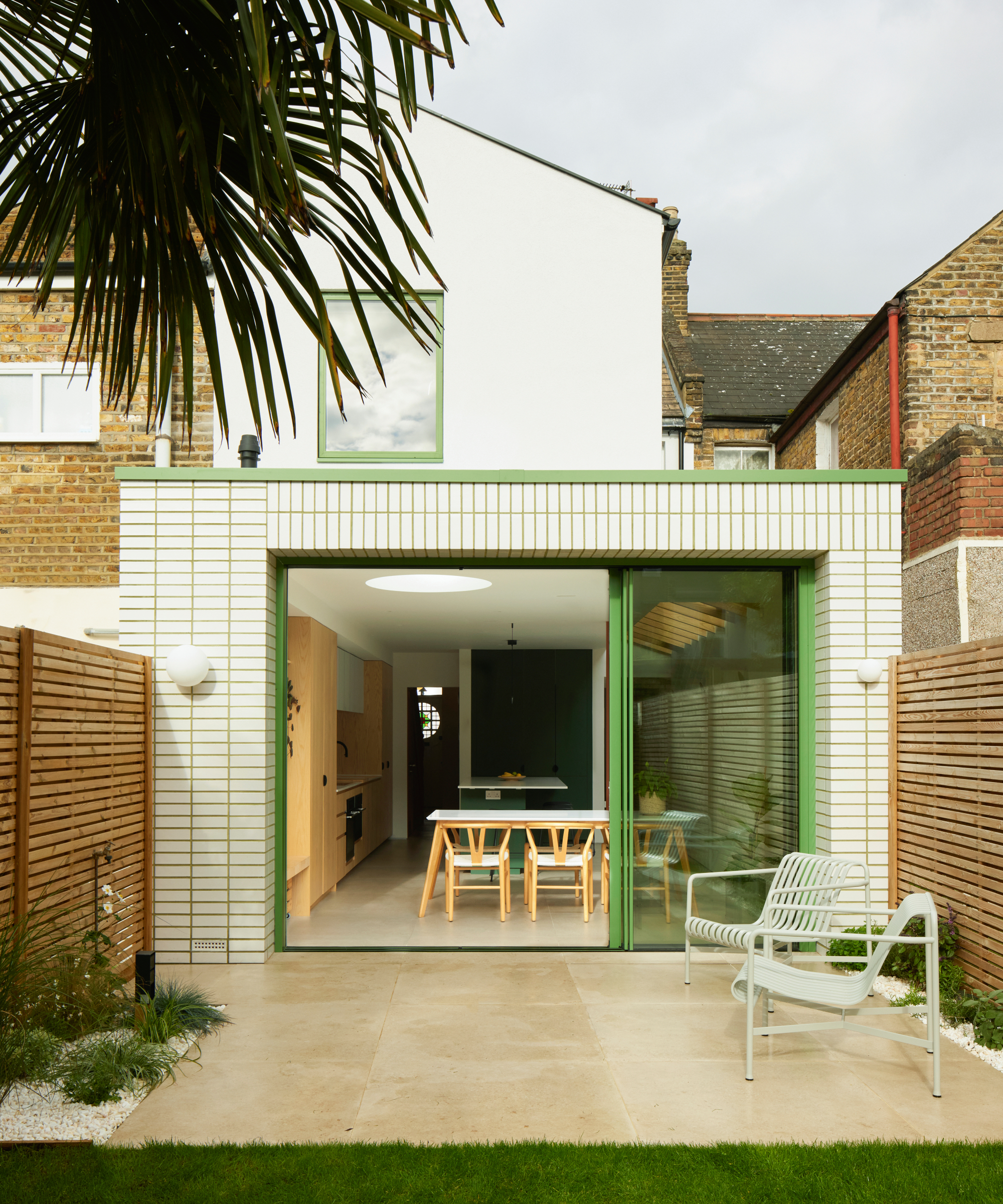
Think brick only comes in a varying shade of brown or terracotta? Think again. Glazed bricks, Perhaps more commonly seen in European properties are a great way of adding a striking finish to a brick extension idea.
Inspired by a visit to a Passivhaus development in Antwerp, this glazed brick extension, designed by Yard Architects, features white glazed bricks, complemented with green detailing in the mortar mix, window frames and copings. It formed part of a larger extension and remodelling project, with a focus on sustainability, providing the owners with a striking renovation they now call home.
Wondering what it's like to work with glazed bricks? Simon Graham explains the pros and cons involved.
"As they are smooth and shiny, glazed bricks are easy to maintain and clean – generally bricks are low maintenance, but even more so with glazed bricks," he says. "One of the other main advantages is they come in many different colour choices and the lighter options also reflect quite a lot of light.
"They are however more expensive than standard bricks," he confirms. "They are not as easy to cut so careful setting out is required to ensure all the openings are full brick sizes. Because they have a glaze on them, the builder also needs to take much more care, as they can chip easily if not stored correctly or handled properly.
"Their unique finish means they are also difficult to touch up, as the glaze is only on the surface. And, while there are lots of places which sell coloured mortar, again it is more expensive than normal mortar and care needs to be taken to mix it consistently, otherwise the colour may not be the same across the façade."
However, do the end results make it worth the extra time, care and expense involved? It will come down to personal taste, but if you're looking for a striking contemporary addition to your home that puts a twist on tradition, we think this could be it.
2. Mix brick and render for an industrial feel
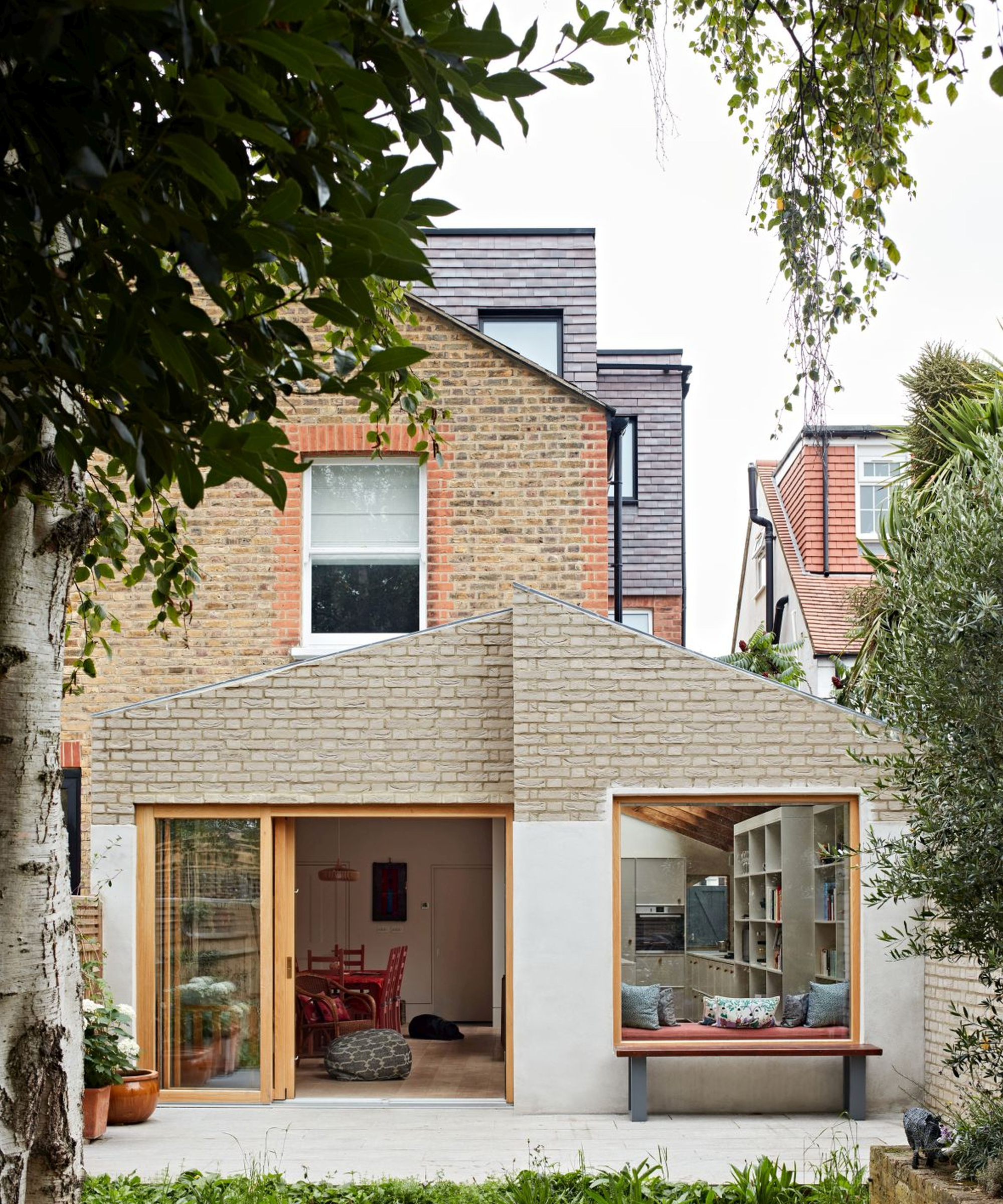
A more subtle way of adding an industrial brick extension idea to your home is to combine brick and a house rendering idea on your exterior. But, to avoid it feeling too cold, choosing a lighter shade of stone colour brick will help to add a bit of warmth.
Wondering why this combination was chosen for the exterior finish? Pereen d'Avoine whose practise designed this extension explains why.
“We opted for a render on this project that was similar tonally to the brickwork, but slightly lighter to match the interior colour scheme. The grey tone of the brick complemented the grey tones of the original yellow stock, and the inclusion of these bricks allowed us to use a paler ranger without there being too much contrast.”
3. Contrast pale bricks and metal with red bricks
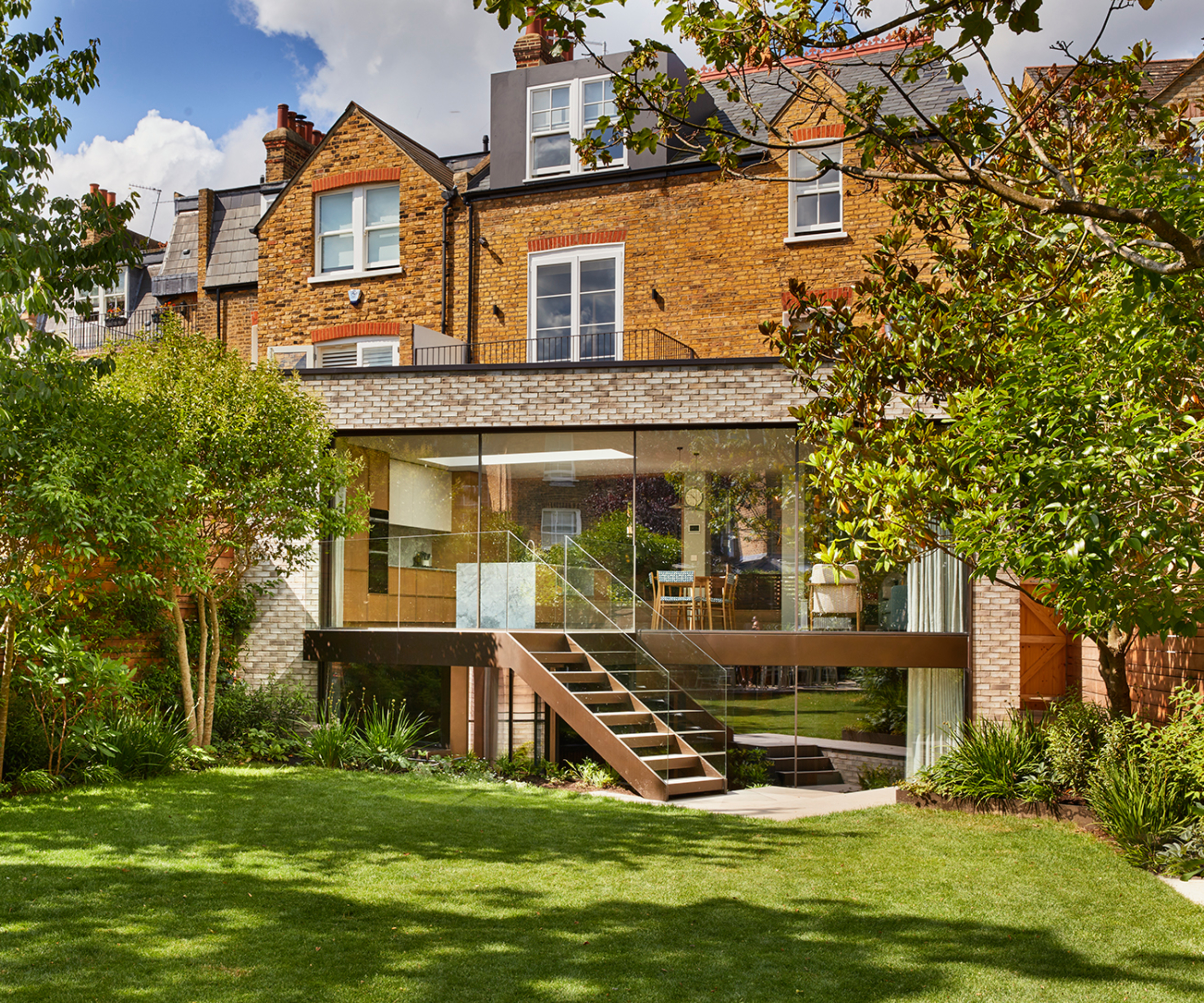
This brick extension idea from Gregory Phillips Architects, involved the complete refurbishment and extension of a semi-detached Victorian house. Already unusually wedge-shaped – making the house larger at the rear than the front – in order to retain the same external appearance at the front, the house was further extended to the rear.
Using lighter brick combined with large expanses of glazing and modern metals, this brick extension idea included the addition of a basement as well as a roof terrace, accessed via the master suite.
The house needed a full refurbishment that would include new electrical and mechanical systems, new room layouts, finishes and joinery. Additional space was available by excavation of the basement.
Overall the extensions allowed the house to be almost doubled in size, without impacting on the front of the property, or the neighbouring houses.
4. Add interest with a geometric pattern
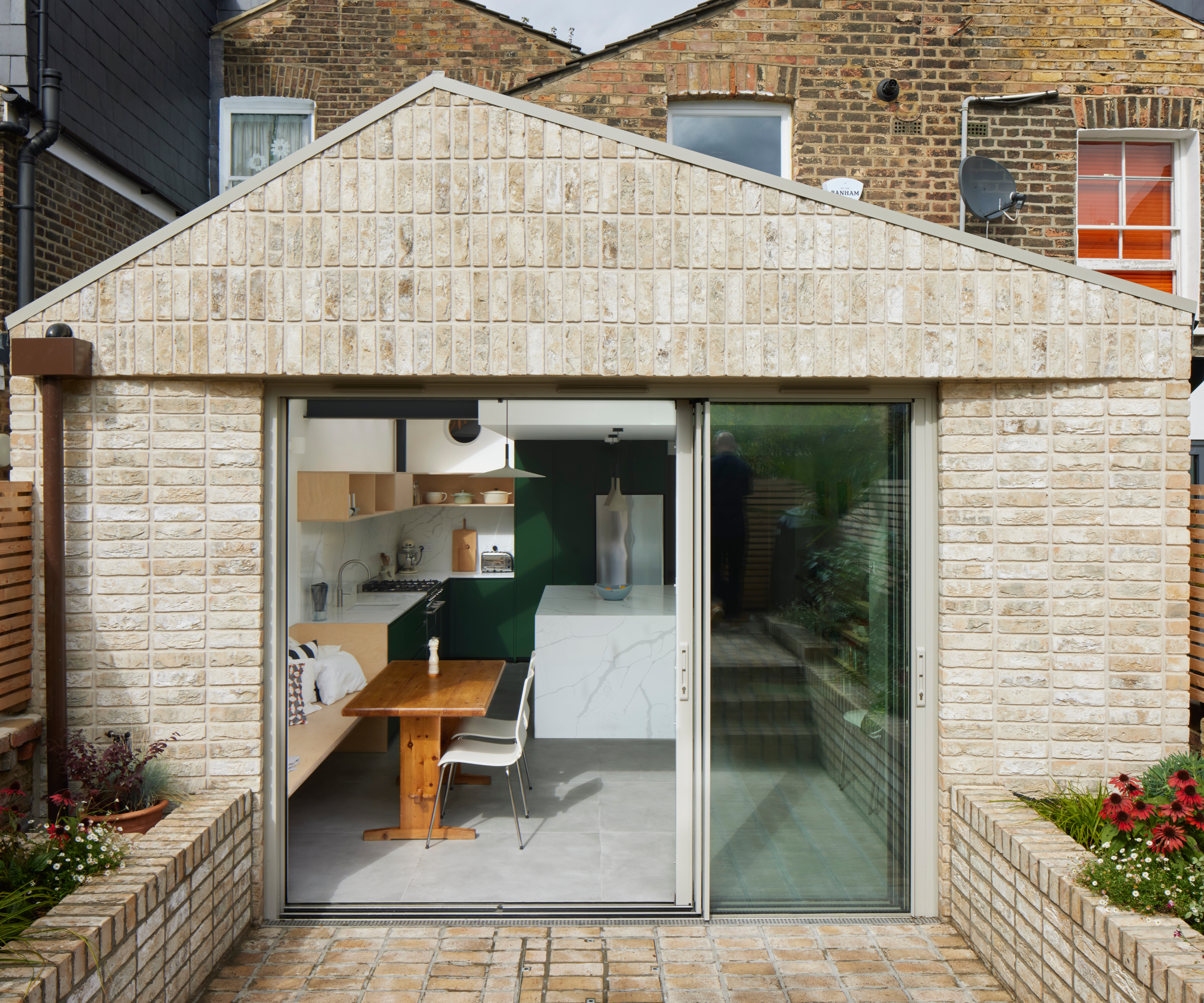
If the overall design of your brick extension is quite simple, maybe because you only have a small space in which to extend, or it's actually your preferred style, then you can still add interest. Not only through the type and colour of brick that you choose, but also in the way they are laid.
This project from Yard Architects, which comprises a small rear extension idea, features a pale yellow brick, chosen as a modern version of the traditional yellow stock brick the original house is constructed from. Further adding to the contemporary finish is the stack bonded laying of the bricks, creating a geometric pattern.
A final clever finishing technique, which helps to root the extension to the garden, is the use of the same brick on the planters which extend out from the external walls. It ties everything together in a neat and seamless way.
5. Use brick inside, but paint it white
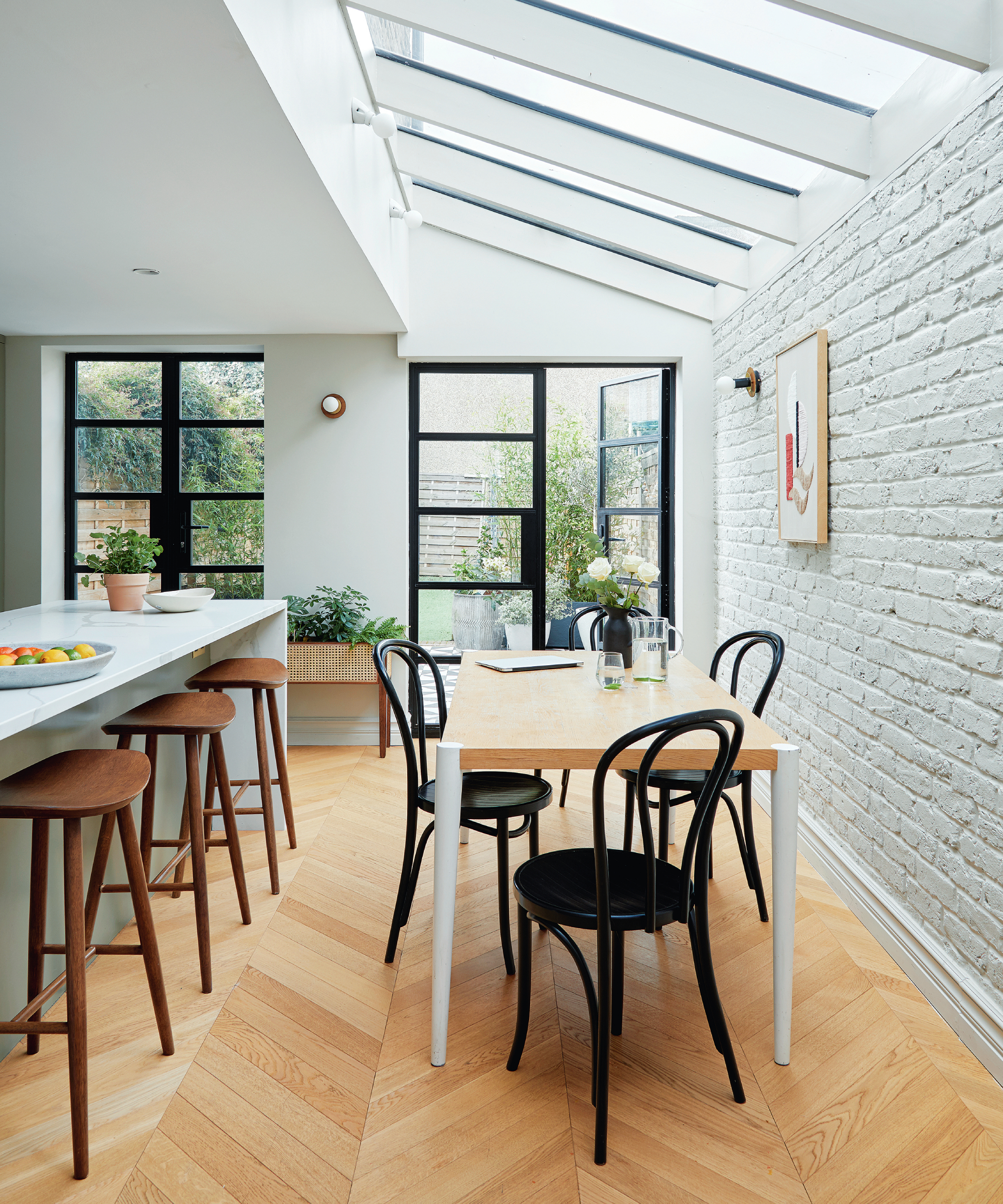
If you're keen to carry the texture and style of brick inside, but are concerned that in a kitchen diner extension such as this one for example, a red brick may encroach too much on your light and sense of space, then whip out your paintbrush instead.
Paired with a wooden floor and furniture, the white bricks will add relief and a pleasing natural aesthetic finish, without feeling too imposing or industrial in nature. Just be sure to use the best masonry paint for a clean and crisp finish to your brick wall.
6. Add impact with a dark brick porch extension
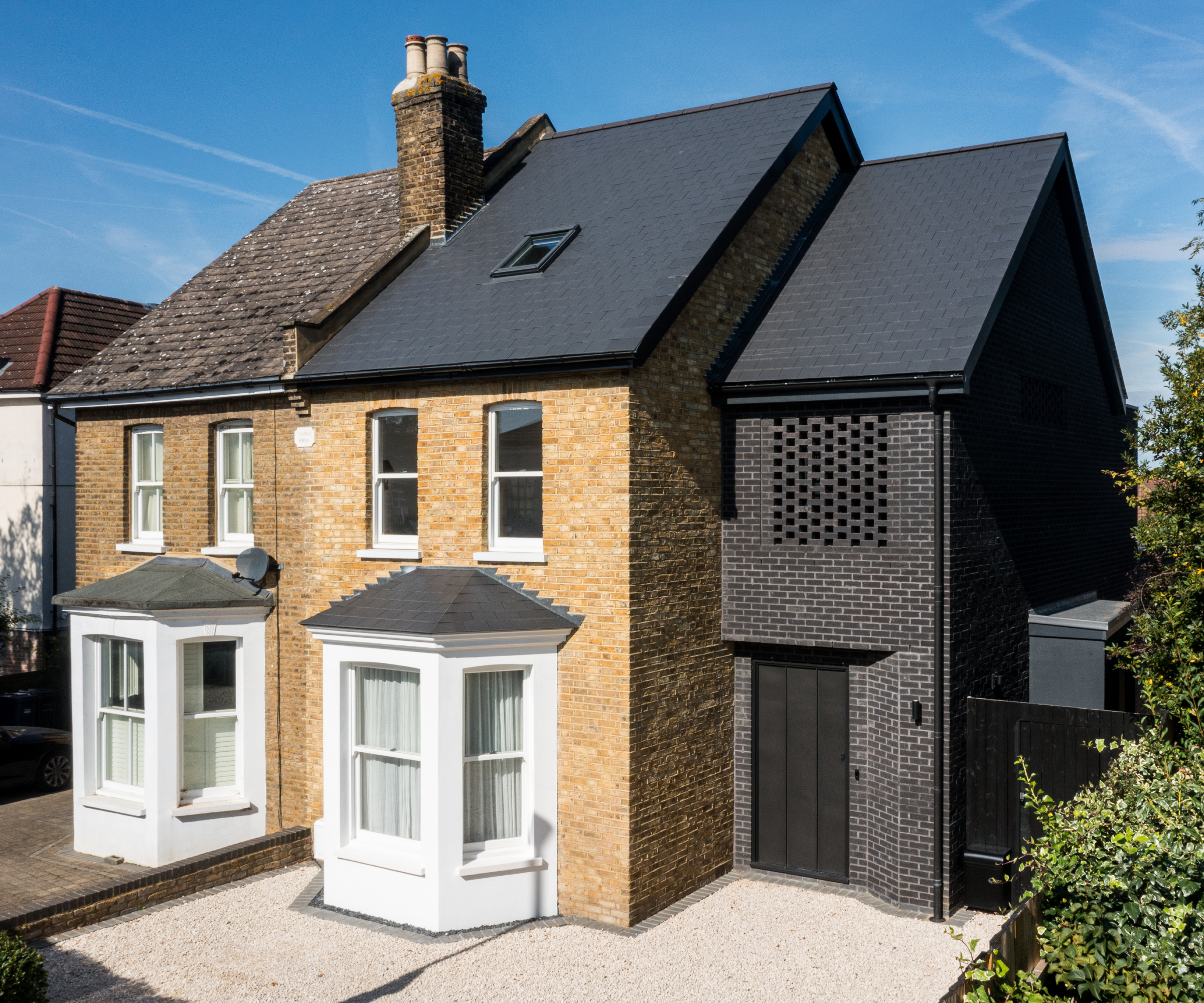
Although the size of this extension project of this scheme from Amos Goldreich Architecture is actually far greater than this single image suggests, and inlcudes rear additions to the home, we love how this dark brick porch extension creates drama against an otherwise traditional frontage.
While it would have been all too easy to simply add a window on the second floor, instead, the bricks are laid in such a way as to create a porticullis style covering.
Serving the purpose of hiding what's inside from the outside world, the design features still allows light to travel through into the interior of the home, creating shadow patterns inside and putting a spotlight on the internal exposed brick walls.
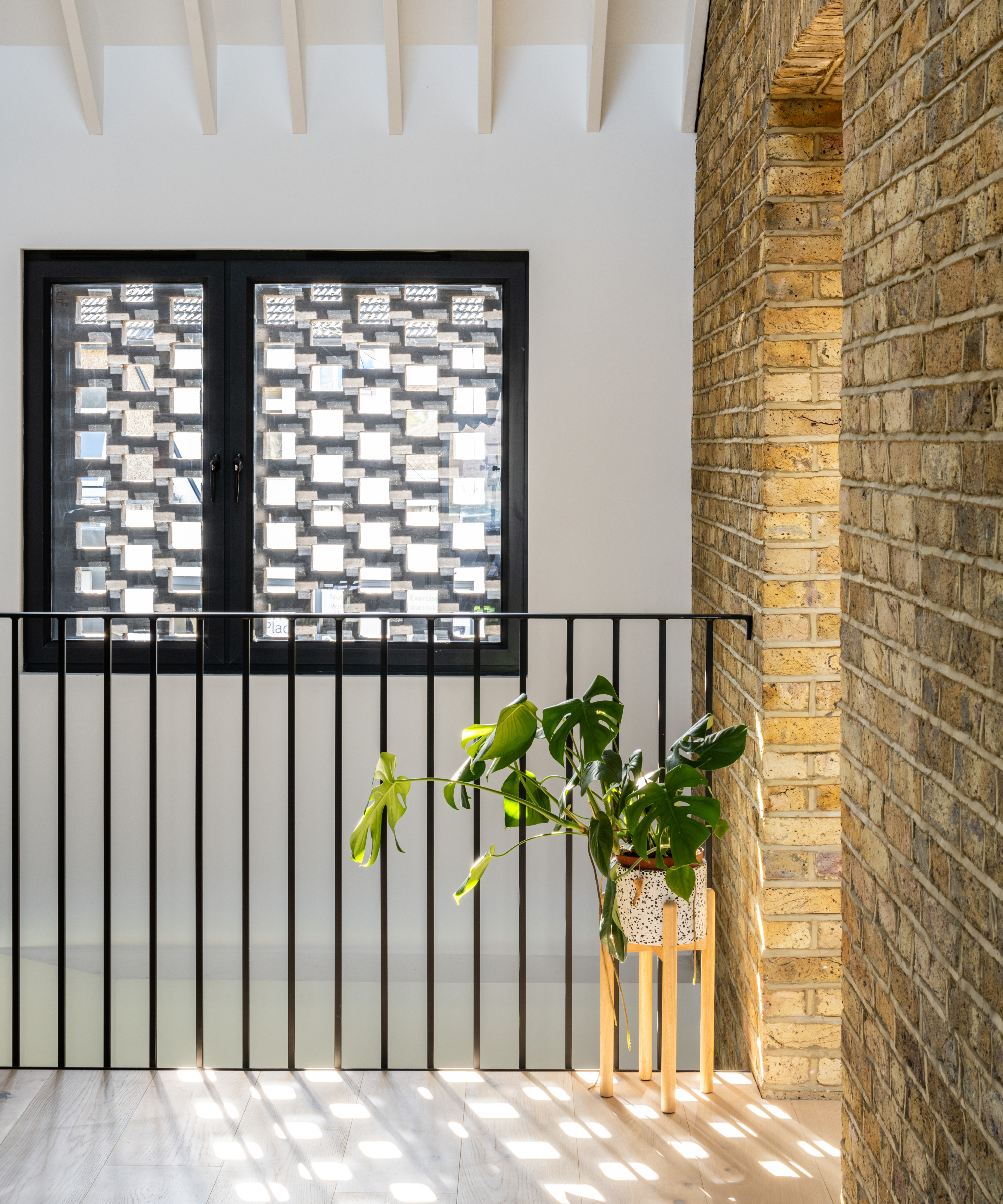
7. Blend your brick extension with your home

Keen to create more of a connection with the existing external apparance of your home when adding a kitchen extension? You don't always have to opt for something different. Choosing a similar brick stock is perfectly acceptable, and can even help the overall space to feel even bigger.
"For those living in traditional terraced homes, brick extensions blend in well with the surroundings, complementing the original design of a lot of city homes," says says Pereen d'Avoine. But, if you do want to add a modern twist choose a darker shade for other materials used in the building's finishes, she suggests, as it's a great partner to most types of brick.
“One of main reasons for the popularity of brick is the versatility of the material, and how well it sits amongst a range of other finishes whether traditional or contemporary.
"We often play with brick coursing for example, to create a more modern look. Pairing brick with steel also brings a Victorian property into the 21st century. Blackened steel in particular has a bit of edge to it when incorporated into the extension design as aperture surrounds or on a pitched roof.”
8. Add relief to a boxy brick extension
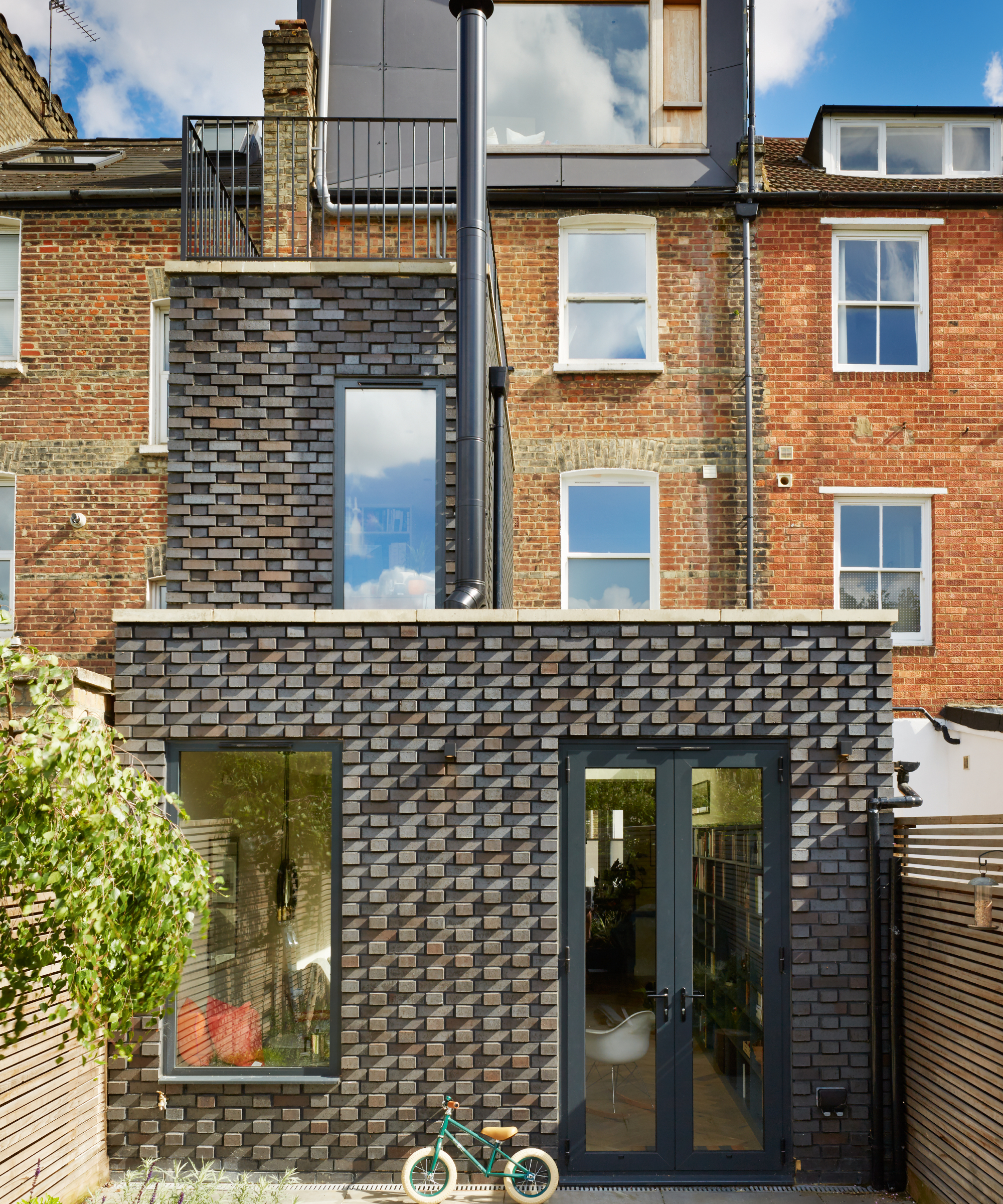
In a terraced house extension, the issue with adding space can often be squeezing all the extra room you need into a narrow garden. Sometimes, the only way is to add a double storey extension and if a more simple rectangular structure gives you everything you need, and works nicely with the already tall and narrow style of your home, avoiding it looking too box-like can be tricky.
If this is the case with your home, the versatility of bricks in terms of their choice of colours and the option to add drama, texture and relief by laying them in different directions, can help turn something simple into something quite special.
Creating an appearance akin to wooden shingles, this brick extension idea is a great example of how looking at a traditional building material from a totally different perspective, brings the opportunity to build something entirely unique.
9. Use a paler brick to mark out a modern addition
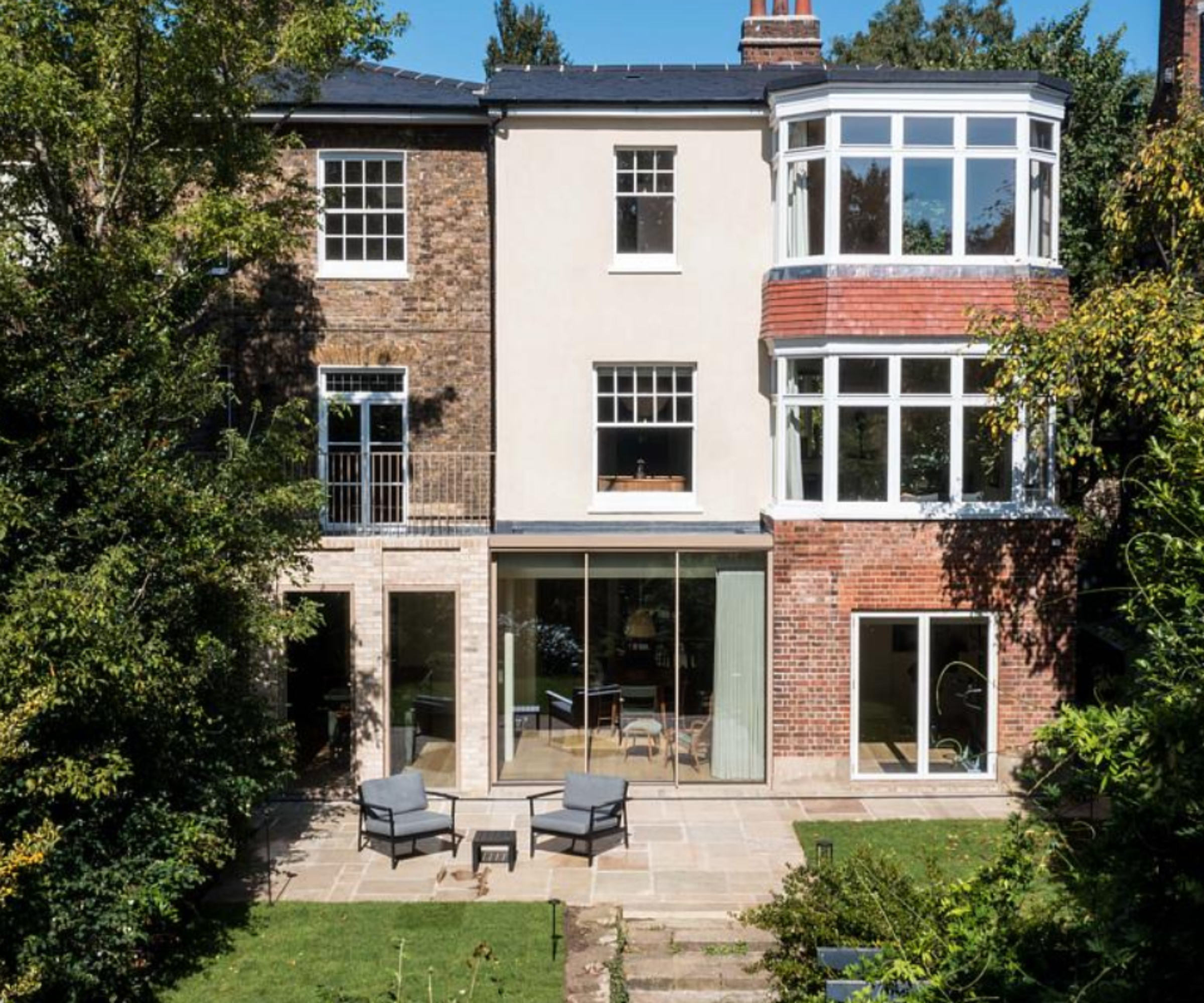
With a variety of different materials already featuring on the exterior of this home, we asked Stuart Archer, director of Archer and Braun Architecture, why they settled on this particular type of brick for the new extension.
"We explored several different house cladding materials before settling on brick," says Stuart. "Brick just seemed the most appropriate for this extension as the house is a Grade II listed building and different types of brick (red and London stock) were already part of the old building.
"Adding another type of material seemed too much and made the rear elevation a bit too busy, as the original building is already made from a lot of different materials from different eras/periods of time.
"To help us choose the final selection, we analysed the different colours and materials of the original building and chose several brick samples that we thought would fit tonally – with the brick chosen being a Petersen brick. Similar in tone to a London stock brick, it has a slight pink/red hue in it which worked well against the adjacent red brick," explains Stuart.
"Finally, we colour matched the mortar to the brick and made sure that the bricklayer made the mortar flush with the front face of the brickwork - this helps the new extension read as a new modern and contemporary element."
10. Use corbelled brickwork to add depth and dimension
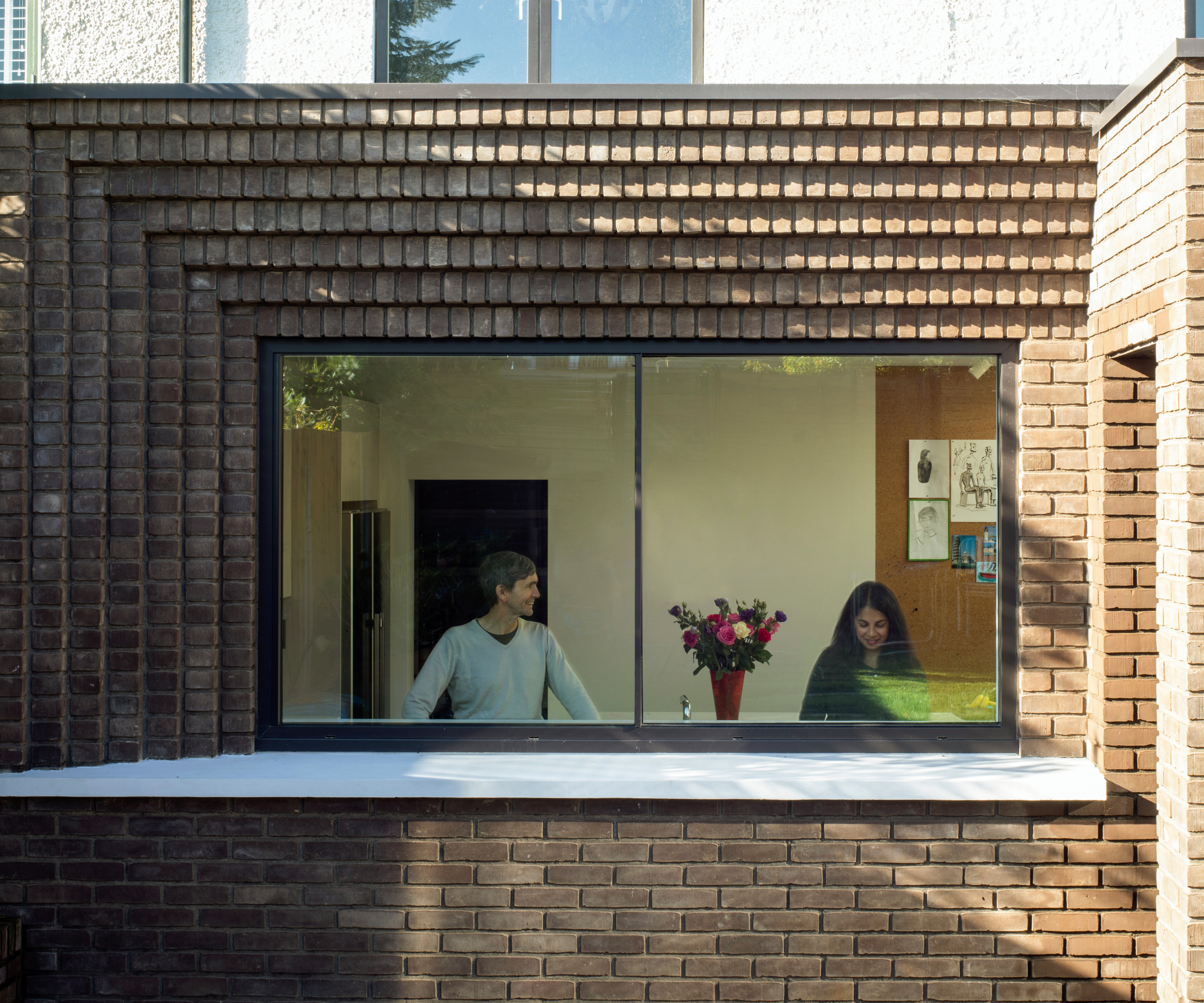
The corbelled brick design of this rear extension designed by Yard Architects perfectly adds depth and dimension to the window and external serving area. However, time, patience, skill and extra budget will be needed if you're keen to follow suit as it doesn't just serve an aesthetic purpose, it also provides structural support.
"This was a very involved design detail, requiring careful design co-ordination and calculations from the structural engineer, and every piece setting out by us," explains Simon Graham.
"It took the brick layer some time to get this exactly right, but we think the result is stunning and very much worth the extra time and effort. We really wanted this detail to be made from solid brickwork, so all of the corbels act as the structural window lintel and support the wall above."
When we asked if it could be replicated using brick slips, Simon confirmed it could, but in order to get it right, notes how it would need extra special consideration of all of the junctions to ensure there were no glued joints visible, making sure the bricks were corner slips to retain a solid looking appearance.
11. Use an interlocking glazed and brick design
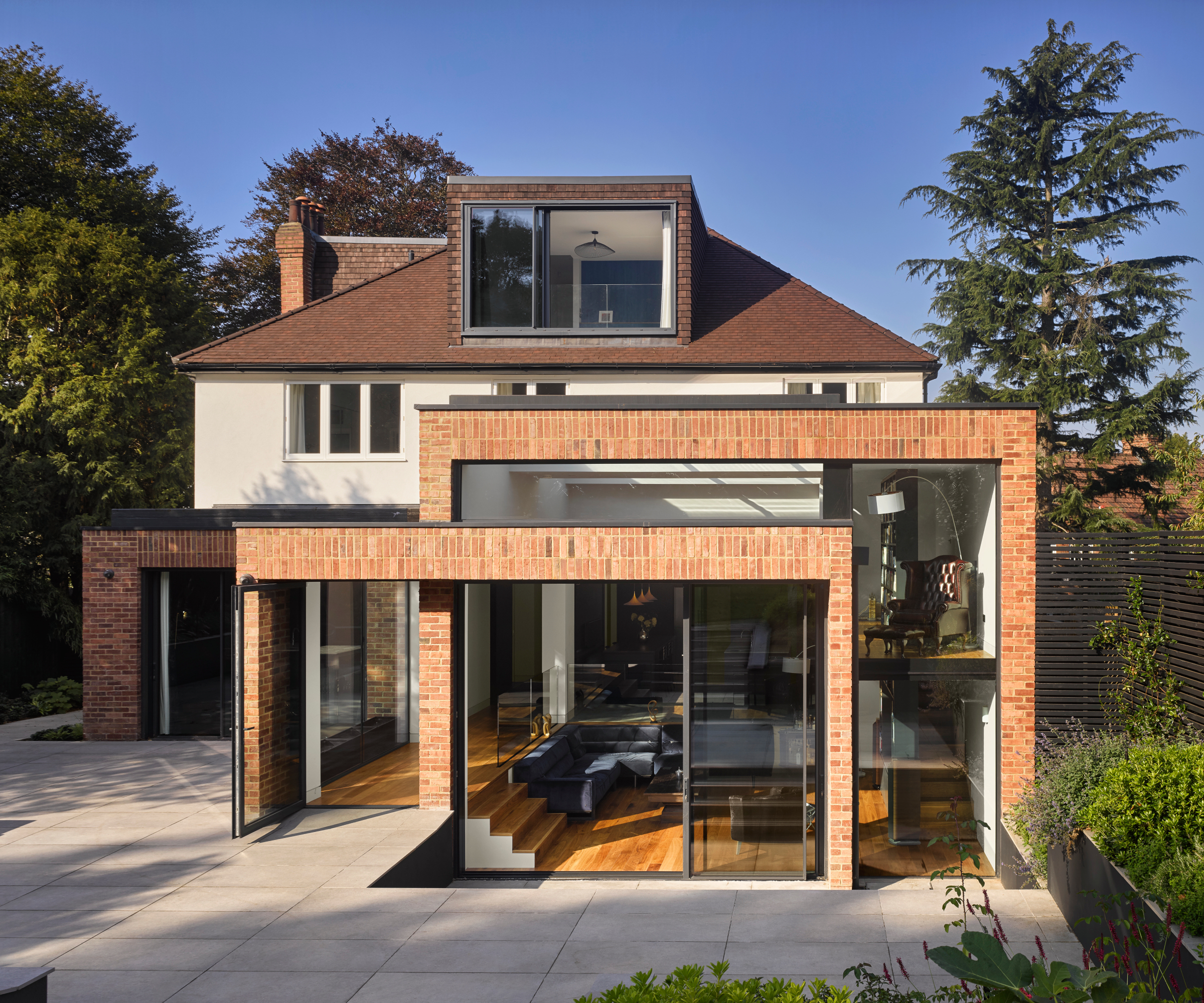
If your old conservatory is no longer serving your needs, take inspiration from this stunning interlocking rear extension that was added to a detached property by Mulroy Architects.
Faced with a property that had a pebble dash exterior, different levels and a conservatory that blocked the view, the practise was asked to find a way of sympathetically and cost-effectively remodelling and extending the property in order to add space for family, socialising and a vast collection of books.
Some clever structural engineering, reworking of some front extensions to give the house a new double-fronted design, while retaining as much of the existing brickwork structure as possible to minimise cost and waste and the project was taking shape.
Due to the size of the new rear extensions, a steel structure was needed, but this was finished with an external facing brick to match the existing brickwork. The result? A clever inter-locking multi-level design that perfectly meets the needs of the homeowners.
12. Opt for a minimalistic brick and glass extension
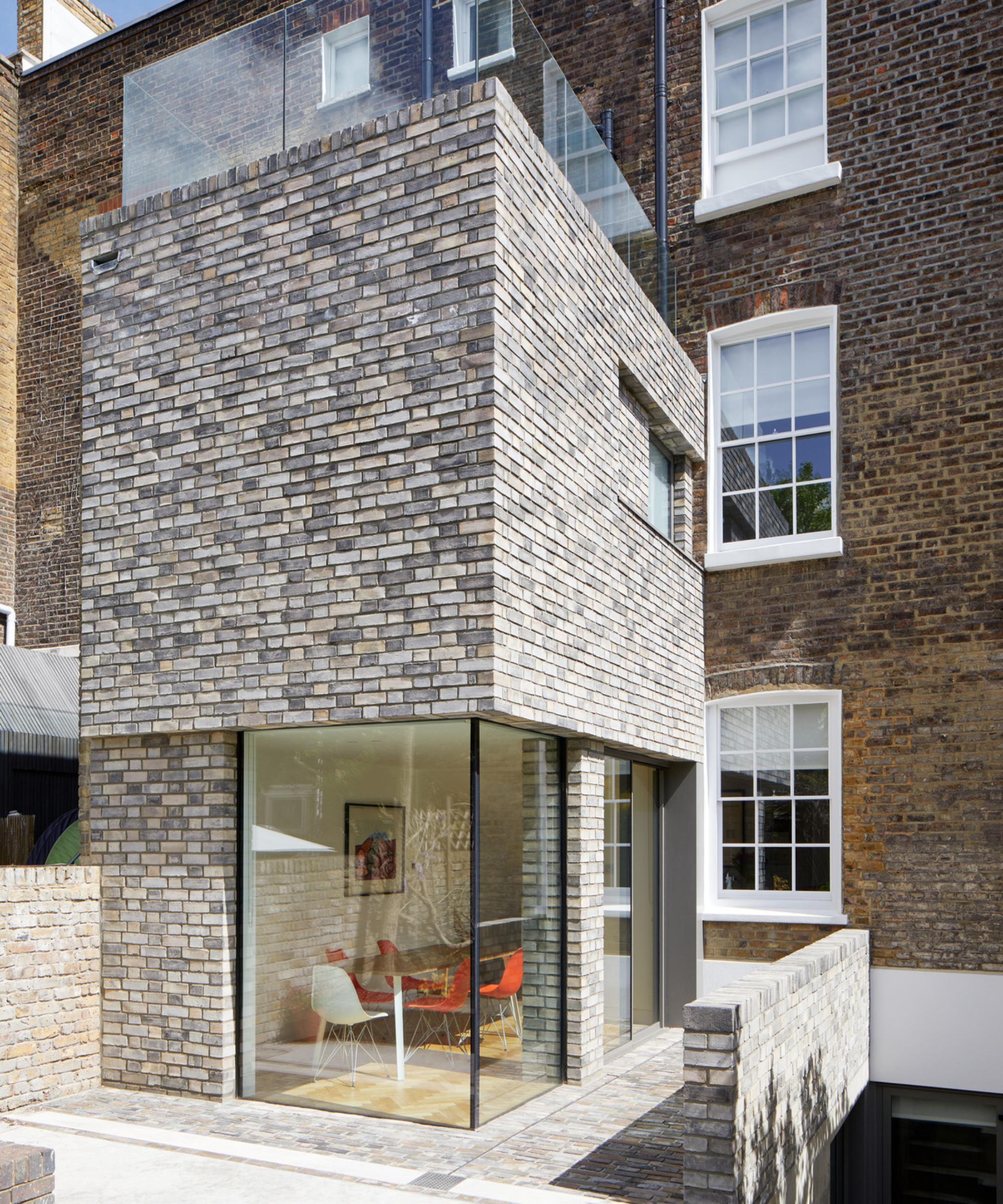
Tasked with the brief of fitting a growing family into a tall, narrow house, architectural practise, Paul Archer Design reconfigured the internal layout of this property, extended beneath the existing rear wing, and then tackled the matter of extending.
The previous rear extension idea, which had been conceived as a solid mass, interrupted only with openings and recesses, was rebuilt with a blend of three bricks, creating a slightly softer but highly textural appearance to this very angular structure.
The lack of windows above the glazed corner, also adds a sense of drama, mirrored by the frameless glazing to the roof terrace, both of which help to complete the minimalistic style of this brick extension idea.
Feeling like a brick extension idea could be on the cards? "Don't forget that any extension built using exposed brickwork will need to meet the building regulations for insulation," notes Simon Graham, "so the wall will likely need to be a cavity wall with the correct amount of insulation inside."
Pereen d'Avoine's top tip when it comes to giving the existing brickwork on your home a fresh new feel to tie in with your new brick extension idea? "We love brickwork that has had a limewash render over the top," she says. "This can help to homogenise a wall that is built of many colours of brick, where maybe it has been patched historically, but the limewash still allows the texture to pull through.”
Or, if you're wondering if a new home could be an option instead of an extension, find out what the experts say on whether to move or extend.
Get the Homebuilding & Renovating Newsletter
Bring your dream home to life with expert advice, how to guides and design inspiration. Sign up for our newsletter and get two free tickets to a Homebuilding & Renovating Show near you.

Sarah is Homebuilding & Renovating’s Assistant Editor and joined the team in 2024. An established homes and interiors writer, Sarah has renovated and extended a number of properties, including a listing building and renovation project that featured on Grand Designs. Although she said she would never buy a listed property again, she has recently purchased a Grade II listed apartment. As it had already been professionally renovated, she has instead set her sights on tackling some changes to improve the building’s energy efficiency, as well as adding some personal touches to the interior.
